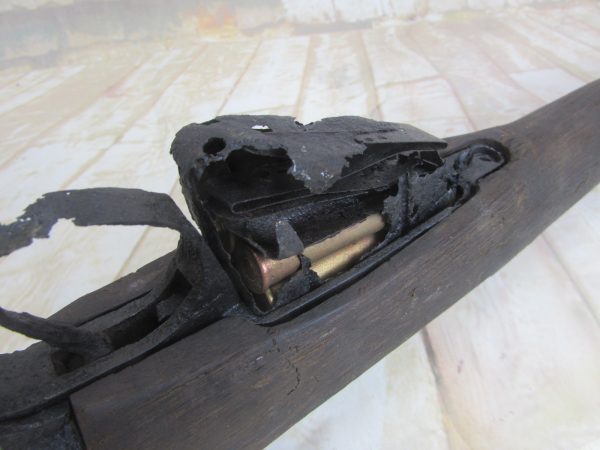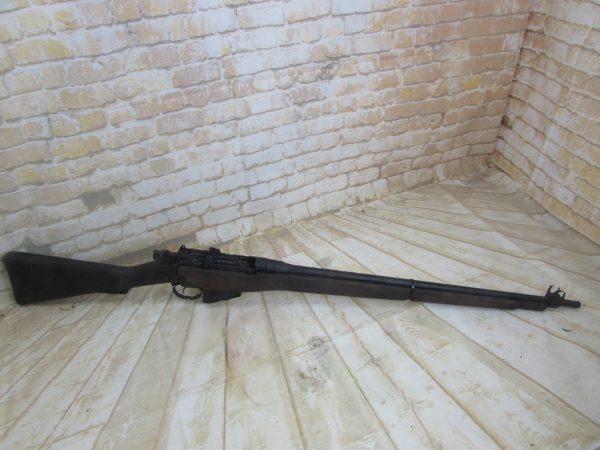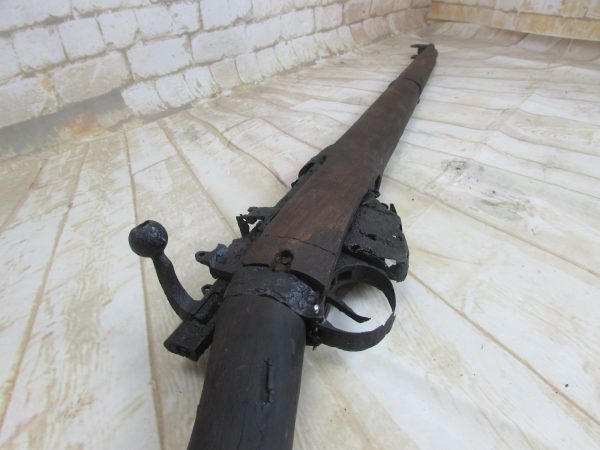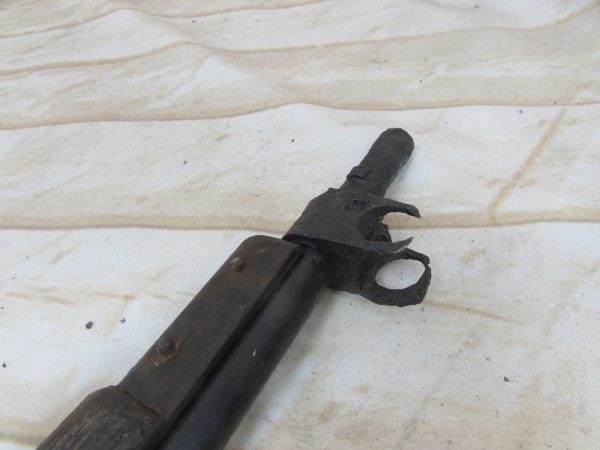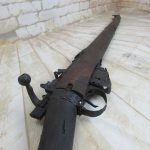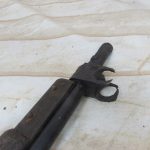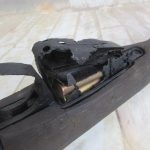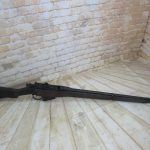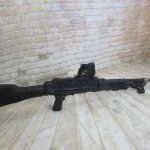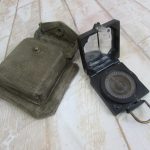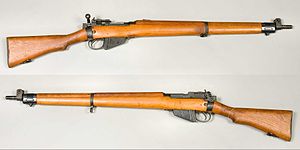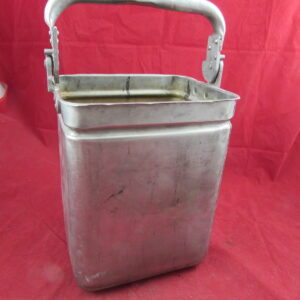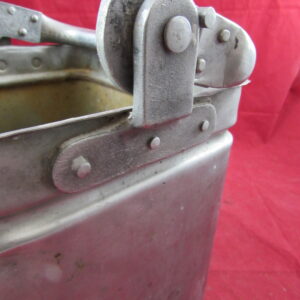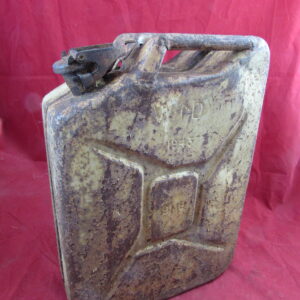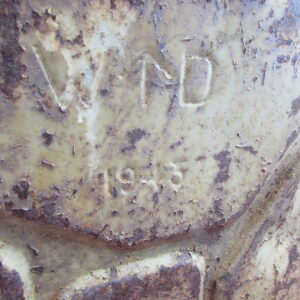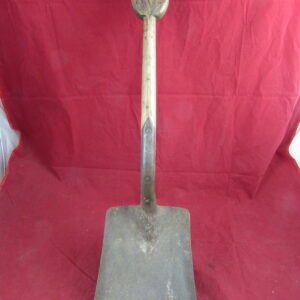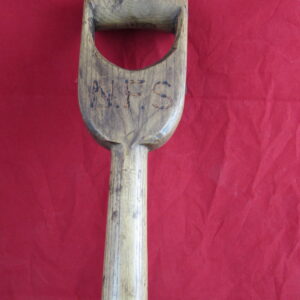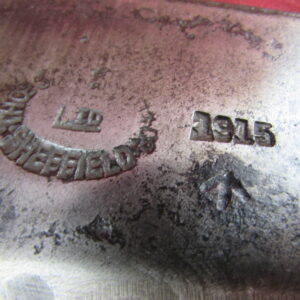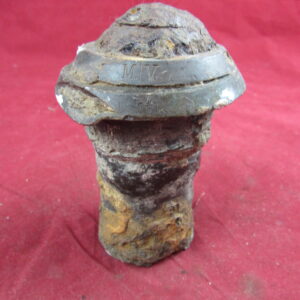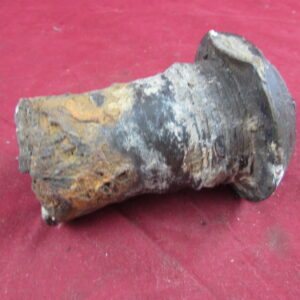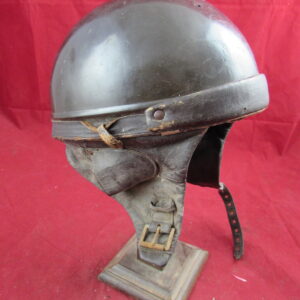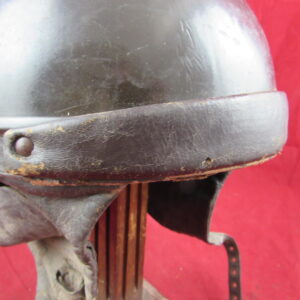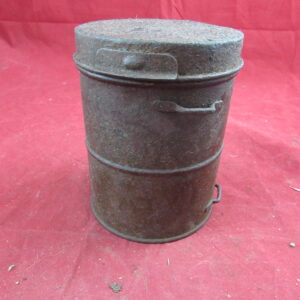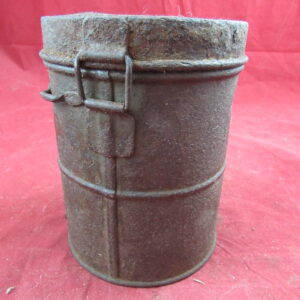Relic No4 Lee Enfield Rifle
Views: 2996
£365.00
Rare Relic No4 Lee Enfield Rifle , Sword Beach Normandy
- Description
- Shipping and Delivery
Description
Description
Relic No4 Lee Enfield Rifle found on Sword Beach Normandy.
Rare Relic, 2018. No4 Lee Enfield Rifle found on Sword Beach during excavations along the sands for a new pipeline in the mid 1980s, Bren Gun also on on site, Bren Gun. This Relic No4 Lee Enfield Rifle is in totally original relic condition, but has been treated for preservation and so has been coated by a museum. The rifle is complete with its bolt and clip. The woodwork is held on with a strap due to its barrel clips have deteriorated , and the rifle butt is the same. The rifles ammo clip can be extracted, and some inert empty .303 bullets have been installed.
The taking of Sword Beach was the responsibility of the British Army and was one of the 5 beaches of Operation Overlord. This beach was the nearest one to Caen in the operation.(9.3 miles). The first units to reach the beach set out at about 07.25, these were the amphibious DD Tanks of the 13th/18th Hussars followed by the 8th infantry Brigade then the Engineers.
Lord Lovat’s brigade also landed at Sword Beach during the invasion of Normandy on the 6th June 1944.
Rifle No. 4
Lee–Enfield No. 4 Mk 2 with the ladder aperture sight flipped up and 5-round charger
In the early 1930s, a batch of 2,500 No. 4 Mk. I rifles were made for trials. These were similar to the No. 1 Mk. VI but had a flat left side and did away with the chequering on the furniture. Observed examples are dated 1931 and 1933. Roughly 1,400 of these were converted to No. 4 MK. I (T) sniper rifles in 1941–1942 at RSAF Enfield.
By the late 1930s, the need for new rifles grew and the Rifle, No. 4 Mk I was officially adopted in 1941.[38] The No. 4 action was similar to the No.1 Mk VI but stronger and easier to mass-produce.[39] Unlike the SMLE, that had a nose cap, the No 4 Lee–Enfield barrel protruded from the end of the forestock. For easier machining, the charger bridge was no longer rounded. The iron sight line was redesigned and featured a rear receiver aperture battle sight calibrated for 300 yd (274 m) with an additional ladder aperture sight that could be flipped up and was calibrated for 200–1,300 yd (183–1,189 m) in 100 yd (91 m) increments. This sight, like other aperture sights, proved to be faster and more accurate than the typical mid-barrel open rear sight elements sight lines offered by Mauser, previous Lee–Enfields or the Buffington battle sight of the M1903 Springfield.
The No. 4 rifle was heavier than the No. 1 Mk. III, largely due to its heavier barrel. A new bayonet was designed to go with the rifle: a spike bayonet, which was essentially a steel rod with a sharp point and was nicknamed “pigsticker” by soldiers.[39] Towards the end of the Second World War, a bladed bayonet was developed for the No.5 Mk.I rifle (“Jungle Carbine”). Post-war versions were made that would fit No. 4 rifles and were designated No. 7 and No. 9 blade bayonets.[40]
During the course of the Second World War, the No. 4 rifle was further simplified for mass-production with the creation of the No. 4 Mk I* in 1942, with the bolt release catch replaced by a simpler notch on the bolt track of the rifle’s receiver. It was produced only in North America, by Small Arms Limited, at Long Branch in Canada and Stevens-Savage Firearms, in the USA.[41] The No.4 rifle was primarily produced for the United Kingdom, Canada and some other Commonwealth countrie
Shipping and Delivery
At this time, Antiqurio ships to locations within the United Kingdom mainland. Items can be shipped worldwide by prior agreement please contact us. The risk of loss and title for all items ordered on this website pass to you when the items is delivered to the shipping carrier. We are unable to calculate shipping automatically for multiple items when shipping internationally please contact us by email if you wish to purchase more than one item and live outside of the UK; we are working to resolve this
International
Customs and import duties may be applied to International orders when the shipment reaches its destination. This is not imposed by Antiqurio and these charges are the responsibility of the recipient of your order and are likely to vary from country to country. Contact your local customs office for details.
Shipping laws are different in each country. It is your responsibility to check with your Customs office to verify whether the country to which you are shipping permits the shipment of your products. Antiqurio is not responsible for any direct, indirect, punitive, or consequential damages that arise from improper international shipping practices.
